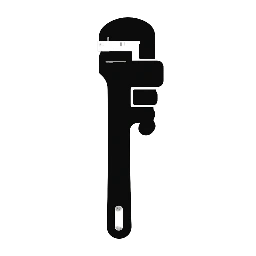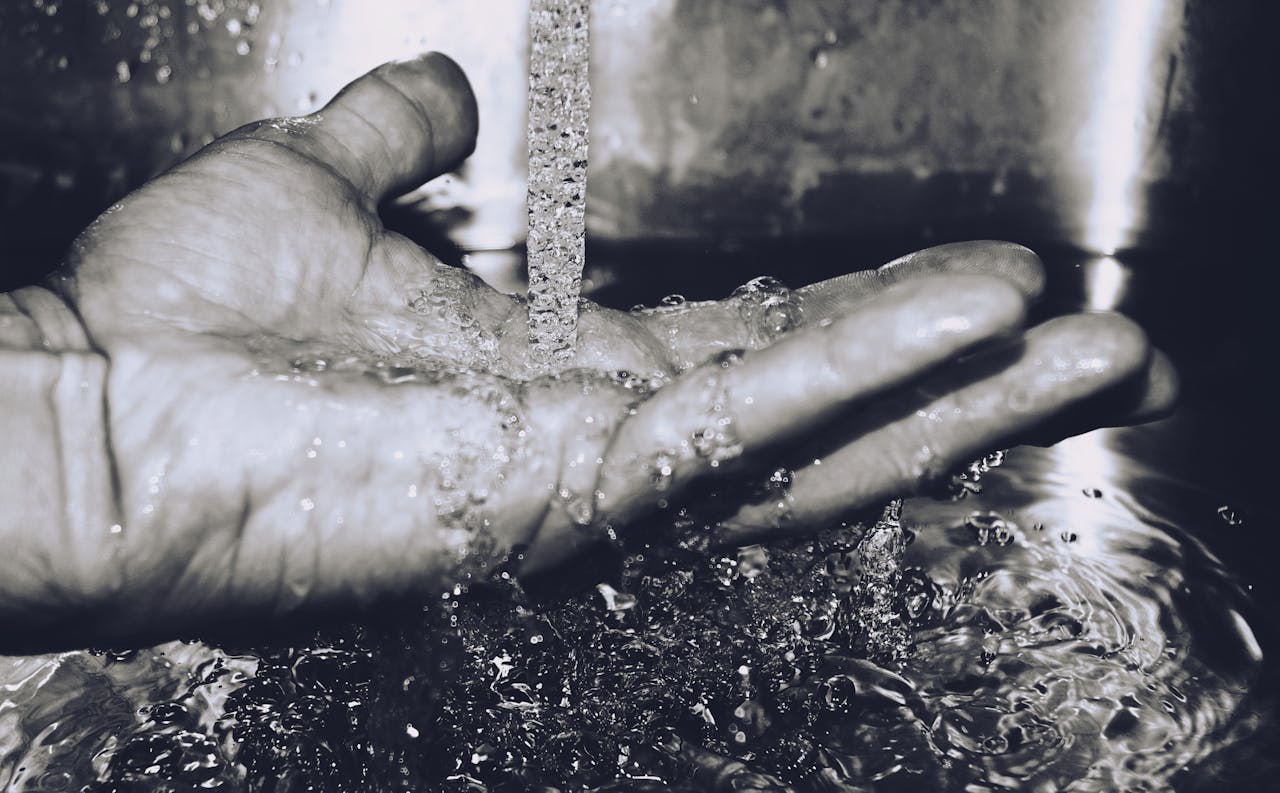The water that flows into our homes and businesses is a lifeline, a seemingly endless supply of clean, potable liquid we often take for granted. But lurking within plumbing systems is a silent threat: backflow. This phenomenon, where non-potable water, chemicals, or other contaminants reverse their flow and enter the clean water supply, poses a serious risk to public health.
That’s where backflow prevention devices come in. These unsung heroes of the plumbing world are crucial safeguards, designed to stop contaminated water in its tracks. However, simply having a device isn’t enough. For them to be truly effective, they must be correctly installed and meticulously calibrated. This in-depth guide will walk you through everything you need to know to ensure your backflow prevention devices are not just present, but perfectly performing.
Why Backflow Prevention Matters: The Stakes Are High
Before we dive into the technicalities, it’s vital to understand the gravity of backflow. Imagine a sudden drop in water pressure – perhaps due to a burst main or a fire hydrant being opened. This can create a vacuum, pulling water from undesirable sources back into the municipal supply.
Consider these scenarios:
- Residential: Fertilizers and pesticides from a garden hose siphoned back into your drinking water.
- Commercial: Contaminated water from an industrial process or a car wash entering the public supply.
- Healthcare: Biohazardous materials from a hospital’s non-potable lines cross-connecting with the potable water.
The consequences range from minor illnesses to widespread public health crises. This is why stringent regulations and codes exist, mandating the installation and regular testing of backflow prevention devices in various settings.
Understanding the Devices: A Quick Overview
While this post focuses on installation and calibration, a brief understanding of common device types is helpful:
- Double Check Valve Assembly (DCVA): Consists of two independently operating check valves, plus two shut-off valves and four test cocks. Ideal for moderate hazard situations.
- Reduced Pressure Zone Assembly (RPZ): Features two independent check valves, a hydraulically operating pressure differential relief valve, two shut-off valves, and four test cocks. Offers the highest level of protection and is used for high-hazard applications.
- Pressure Vacuum Breaker (PVB) / Spill-Resistant Pressure Vacuum Breaker (SVB): Primarily used for irrigation systems. They prevent back-siphonage but not back-pressure.
The type of device required depends on the degree of hazard and local plumbing codes.
The Installation Imperative: Getting It Right From the Start
Proper installation is the bedrock of a backflow prevention device’s effectiveness. Any shortcuts or errors at this stage can compromise its ability to protect the water supply.
1. Site Selection and Preparation:
- Accessibility: Choose a location that allows for easy access for testing, maintenance, and repair. This often means avoiding cramped spaces or areas that require special equipment to reach.
- Protection from Elements: Devices exposed to freezing temperatures or direct sunlight may require insulation or enclosures to prevent damage and ensure longevity.
- Drainage: RPZ devices, in particular, have a relief valve that discharges water when a problem occurs. Ensure adequate drainage is available to prevent water damage or pooling.
- Clearance: Maintain proper clearances around the device as specified by the manufacturer and local codes. This usually involves a certain distance from walls, ceilings, and floors.
2. Pipe Sizing and Configuration:
- Match Existing Piping: The device’s size should match the existing service line. Upsizing or downsizing without proper calculations can lead to pressure drops or inadequate flow.
- Straight Pipe Runs: Many devices require a minimum length of straight pipe upstream and downstream to ensure accurate flow and prevent turbulence that could affect performance. Consult the manufacturer’s instructions for these specific requirements.
- Orientation: Devices must be installed in the correct orientation (horizontal or vertical) as specified by the manufacturer. Incorrect orientation can lead to malfunction.
3. Support and Stability:
- Secure Mounting: Backflow prevention devices, especially larger ones, can be heavy. They must be securely mounted and properly supported to prevent sagging, stress on the piping, and potential leaks. Use appropriate hangers and supports as needed.
- Vibration Control: In some industrial settings, vibrations from pumps or machinery can affect the device. Consider vibration dampeners if necessary.
4. Connections and Leak Testing:
- Professional Connections: All connections should be made by a qualified plumber using appropriate materials and techniques to ensure a watertight seal.
- Initial Leak Test: After installation, thoroughly inspect all connections for leaks. Pressurize the system and visually check for drips or weeping. Even minor leaks can indicate a faulty connection that could worsen over time.
Crucial Note: Always consult local plumbing codes and the manufacturer’s installation instructions for specific requirements and best practices. What might be acceptable in one jurisdiction could be a violation in another.
The Art of Calibration: Ensuring Precision Performance
Installation gets the device in place, but calibration ensures it operates as intended. Calibration, often referred to as “testing,” is the process of verifying that the device’s internal components are functioning correctly and that it will prevent backflow under various pressure conditions. This is not a DIY task; it requires specialized training, equipment, and certification.
Why is Calibration So Important?
- Compliance: Most jurisdictions mandate annual backflow testing to ensure ongoing protection of the water supply. Failure to comply can result in fines or disconnection of service.
- Early Detection of Malfunction: Regular calibration can identify minor issues before they escalate into major failures, allowing for timely repairs or replacement.
- Protection Assurance: It provides peace of mind that the device is actively protecting against contamination, safeguarding public health.
The Calibration Process: A Step-by-Step Overview (Performed by a Certified Tester)
A certified backflow prevention device tester will use a specialized differential pressure gauge and follow a precise procedure for each type of device. While the exact steps vary by device, the general principles are similar:
- Isolate the Device: The tester will shut off the water supply to and from the device using the integrated shut-off valves.
- Attach Test Kit: The differential pressure gauge, which measures pressure differences across the device’s components, is connected to the test cocks.
- Perform Diagnostic Tests: The tester will systematically perform a series of tests to evaluate the functionality of each check valve and, in the case of RPZ devices, the relief valve. These tests typically involve:
- Checking for Leaks: Verifying that the check valves hold pressure and don’t leak backward.
- Measuring Pressure Differential: For RPZ devices, ensuring the relief valve opens at the correct pressure differential, indicating proper operation and protection.
- Verifying Check Valve Closure: Confirming that each check valve closes tightly when reverse flow conditions are simulated.
- Record Results: All test results are meticulously recorded on a backflow test report form. This documentation is crucial for compliance and future reference.
- Troubleshooting and Repair (if necessary): If the device fails any part of the test, the tester will diagnose the problem. This could involve worn out internal components (springs, O-rings, rubber seats) that need to be cleaned, repaired, or replaced.
- Return to Service: Once the device passes all tests, the tester will return it to service and ensure proper flow is restored.
Key Equipment for Calibration:
- Differential Pressure Gauge: This is the heart of the testing process, accurately measuring pressure differences.
- Hoses and Fittings: To connect the gauge to the device’s test cocks.
- Tools: For opening and closing test cocks, and potentially for minor adjustments or repairs.
- Calibration Kit (for the gauge): Testers periodically calibrate their gauges to ensure their accuracy.
Choosing the Right Professionals: Don’t Compromise on Expertise
Given the critical nature of backflow prevention, selecting qualified professionals for both installation and calibration is paramount.
For Installation:
- Licensed Plumber: Always engage a licensed and insured plumber with experience in backflow prevention device installation.
- References and Reviews: Check references and online reviews to gauge their reputation and quality of work.
- Knowledge of Codes: Ensure they are knowledgeable about local plumbing codes and regulations pertaining to backflow prevention.
For Calibration (Testing):
- Certified Backflow Tester: Insist on a backflow tester who holds current certification from a recognized authority (e.g., ASSE International, AWWA).
- Specialized Equipment: Confirm they use properly calibrated and maintained testing equipment.
- Reputation and Experience: Choose a company or individual with a strong track record and positive customer feedback.
The Long-Term Perspective: Maintenance and Record-Keeping
Installation and initial calibration are just the beginning. To ensure ongoing protection and compliance:
- Annual Testing: Schedule annual calibration (testing) with a certified professional. This is a non-negotiable requirement in most areas.
- Regular Inspections: Periodically inspect the device for visible signs of damage, leaks, or corrosion.
- Keep Records: Maintain meticulous records of all installation, testing, maintenance, and repair activities. This documentation is vital for compliance and can be invaluable if issues arise.
Conclusion: A Small Investment for Major Protection
Backflow prevention devices are often out of sight, out of mind, but their role in safeguarding our potable water supply is immense. By understanding the importance of proper installation and diligent calibration, you’re not just complying with regulations; you’re actively contributing to public health and safety.
Invest in qualified professionals, adhere to best practices, and prioritize regular maintenance. The small investment of time and resources pales in comparison to the potentially catastrophic consequences of contaminated water. From compliance to confidence, ensuring your backflow prevention devices are impeccably installed and calibrated is a critical step towards a secure and healthy water future.


Leave a Reply